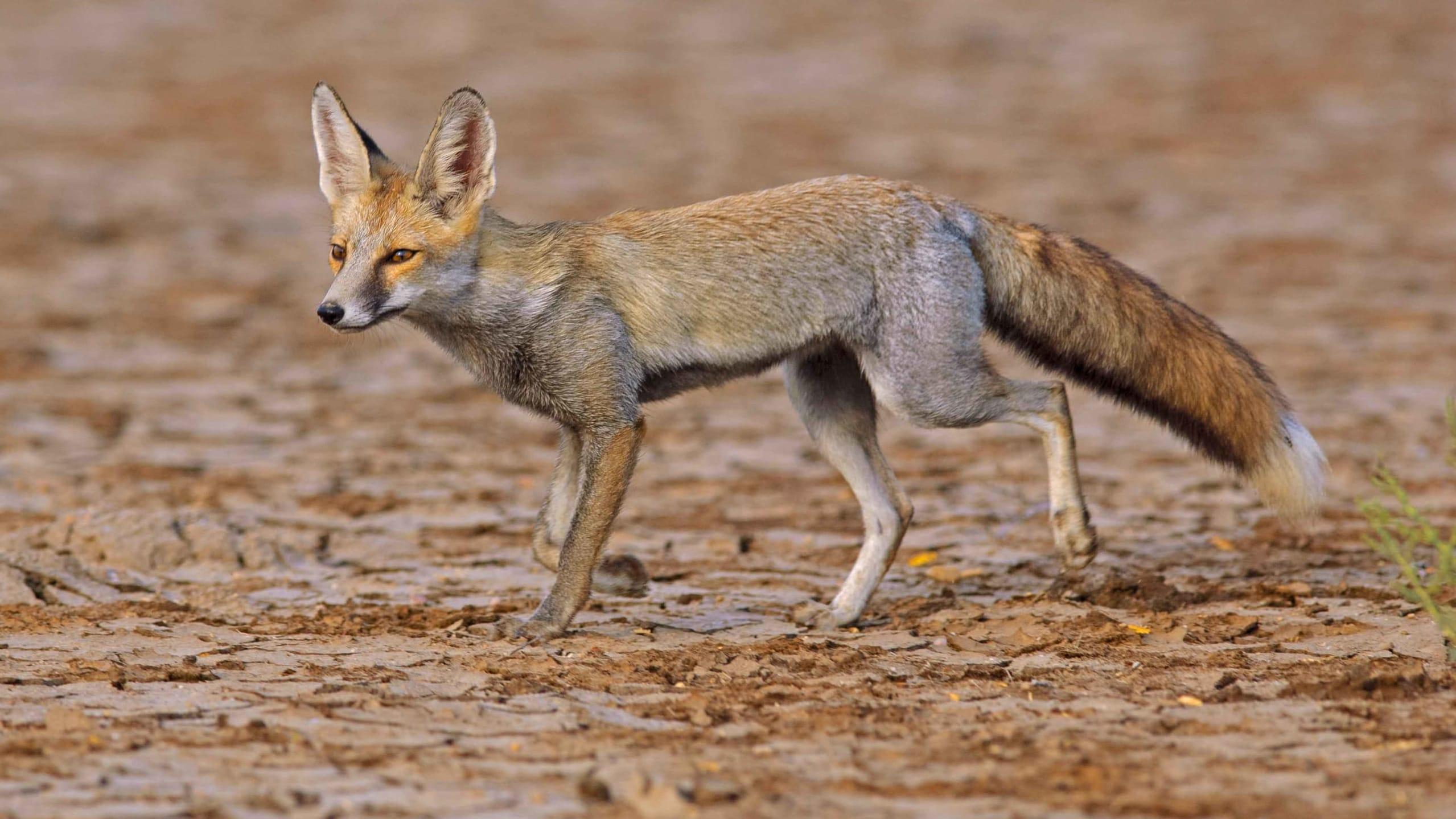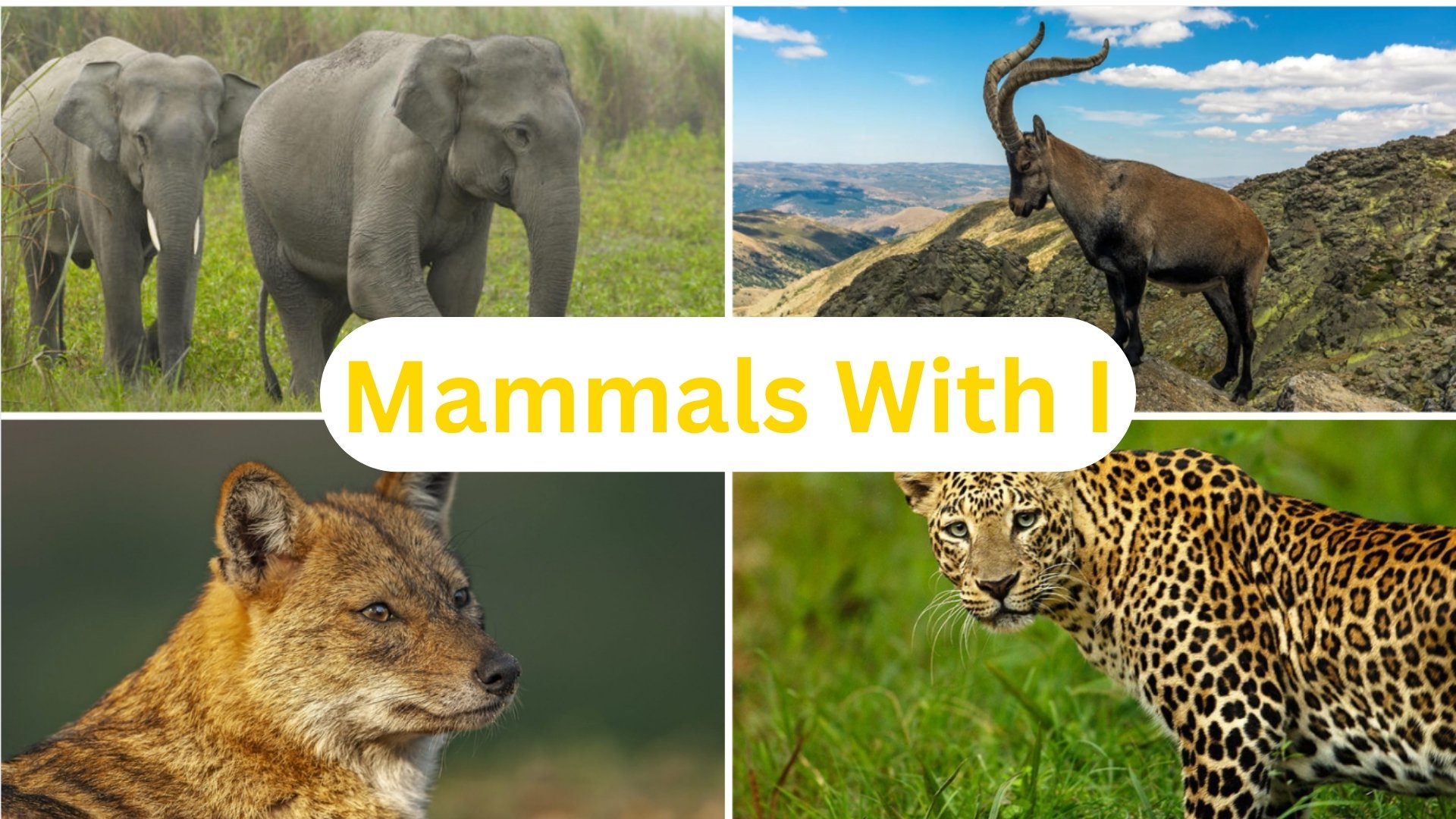
Did you know that some of the world’s most incredible mammals have names starting with the letter “I”?
Mammals are special animals that have fur or hair covering their bodies. Unlike reptiles or fish, mammals give birth to live babies instead of laying eggs. They also feed their young with milk from special glands.
Mammals are warm-blooded, which means they can keep their body temperature steady even when it’s hot or cold outside.
From the speedy impala racing across African plains to the spiky igloos built by certain porcupines, the world of “I” mammals is full of surprises!
Keep reading to check. out these amazing creatures, learn unique facts about where they live, what they eat, and why they’re so important to our planet’s biodiversity.
Common Mammals That Begin With The Letter I
1. Indian Elephant
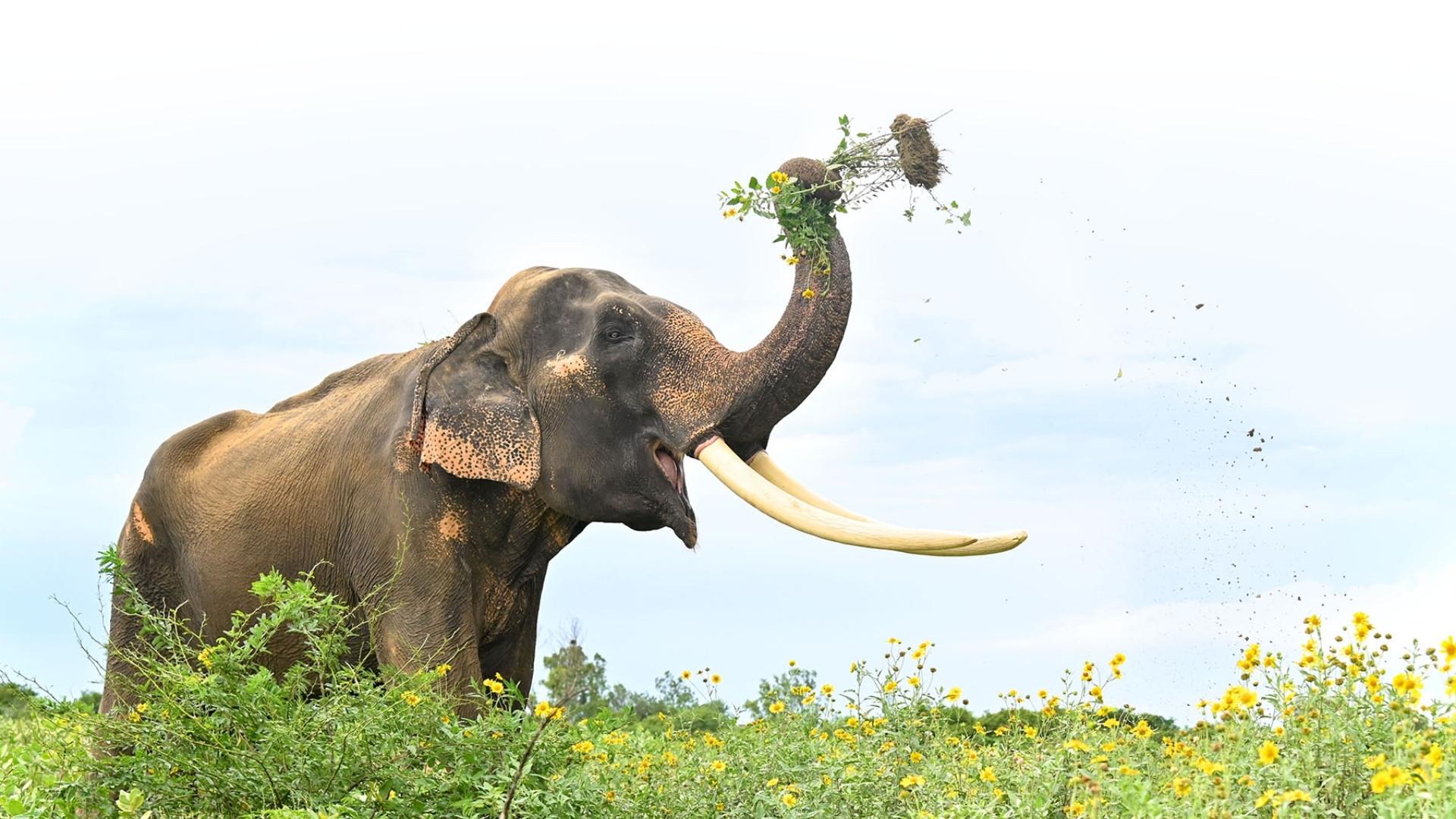
The Indian Elephant is a subspecies of the Asian elephant, known for its intelligence, strong social bonds, and significance in Indian culture and religion. It’s slightly smaller than its African cousin but equally majestic.
-
Region of Habitat: Forests and grasslands across India, Nepal, Bangladesh, Bhutan, and Sri Lanka
-
Scientific Name:Elephas maximus indicus
-
Feeding Habits: Herbivore; feeds on grasses, fruits, bark, and leaves
-
What Sound They Make: Trumpeting, rumbling, and low-frequency rumbles
Fun Facts
Indian Elephants are excellent swimmers and can cross rivers easily. They communicate through infrasound, which travels long distances and is inaudible to humans.
2. Indian Tiger
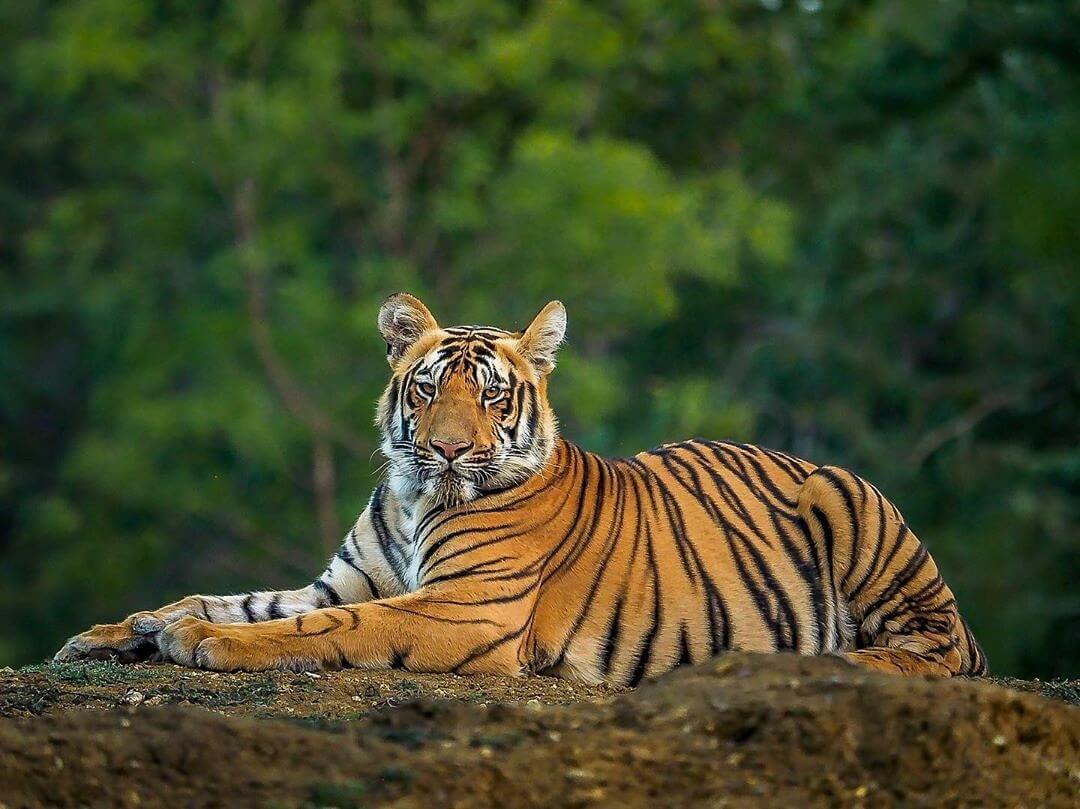
Also known as the Bengal Tiger, this apex predator is a symbol of strength and conservation. It has a distinctive orange coat with black stripes and is revered in Indian mythology.
-
Region of Habitat: Tropical rainforests, grasslands, and mangroves across the Indian subcontinent
-
Scientific Name:Panthera tigris tigris
-
Feeding Habits: Carnivore; preys on deer, wild boar, and other large mammals
-
What Sound They Make: Roars, growls, chuffing, and moaning
Fun Facts
Each tiger has a unique stripe pattern, much like human fingerprints. They can leap distances over 20 feet in a single bound.
3. Indian Rhinoceros
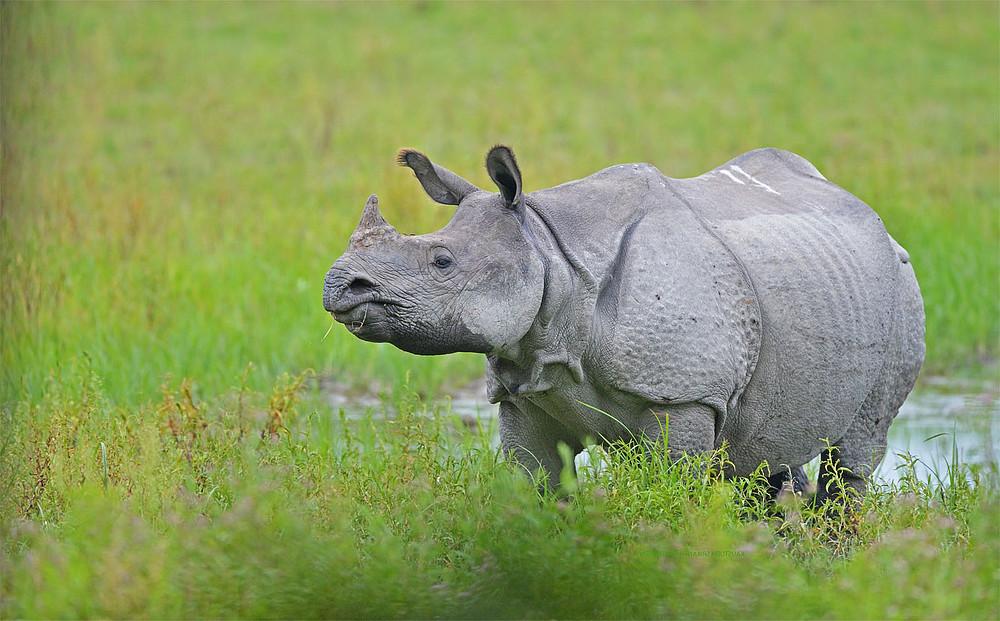
Also called the Greater One-Horned Rhinoceros, it is known for its armor-like skin and solitary behavior. It’s a conservation success story with increasing population numbers.
-
Region of Habitat: Tall grasslands and floodplains in northern India and Nepal
-
Scientific Name:Rhinoceros unicornis
-
Feeding Habits: Herbivore; eats grasses, fruits, and aquatic plants
-
What Sound They Make: Snorting, honking, growling, and bleating
Fun Facts
Despite their size, Indian rhinos can run at speeds up to 30–40 km/h. They love wallowing in mud to cool down and protect their skin from insects.
4. Indian Leopard
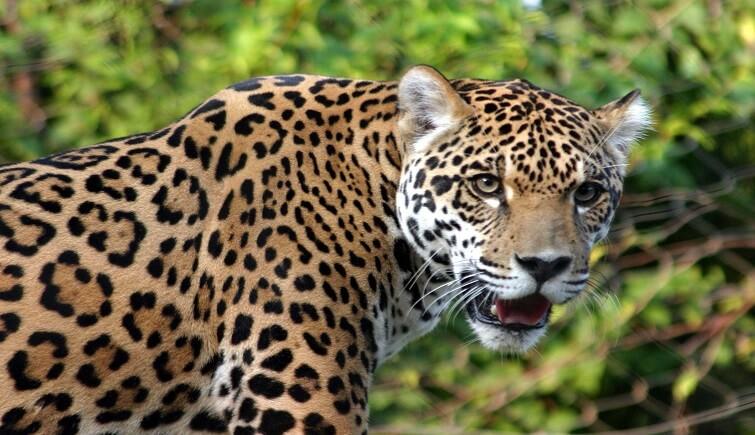
A highly adaptable big cat, the Indian Leopard thrives in various habitats and often coexists near human settlements. It’s elusive, powerful, and skilled at climbing.
-
Region of Habitat: Forests, grasslands, and urban edges throughout India
-
Scientific Name:Panthera pardus fusca
-
Feeding Habits: Carnivore; hunts deer, monkeys, birds, and domestic animals
-
What Sound They Make: Roars, growls, and raspy coughs
Fun Facts
Indian leopards are known to drag their prey up trees to avoid scavengers. They are mostly nocturnal and have excellent night vision.
5. Indian Gray Mongoose
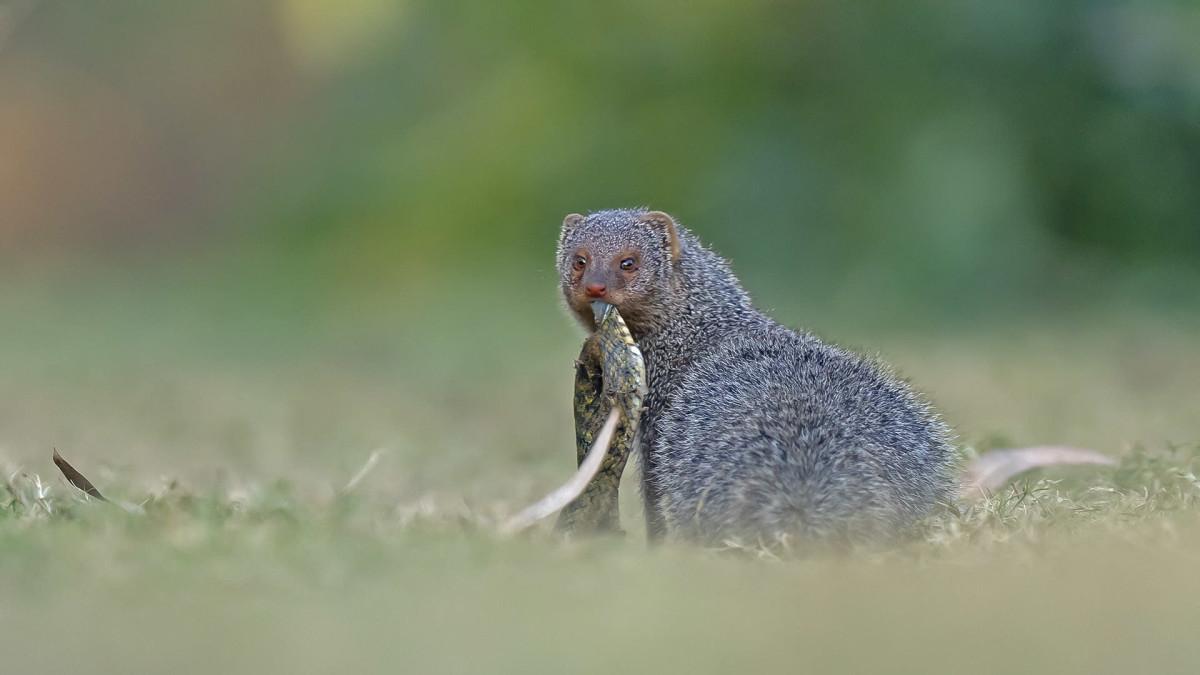
Known for its quick reflexes and bold nature, this mongoose is famous for fighting venomous snakes like cobras. It’s small, agile, and fiercely territorial.
-
Region of Habitat: Forests, scrublands, and villages across India
-
Scientific Name:Herpestes edwardsii
-
Feeding Habits: Omnivore; eats insects, rodents, eggs, and small reptiles
-
What Sound They Make: Chirps, chatters, and low growls
Fun Facts
They have acetylcholine receptors that make them resistant to snake venom. Indian mongooses are often seen in folklore and fables for their bravery.
6. Indian Jackal
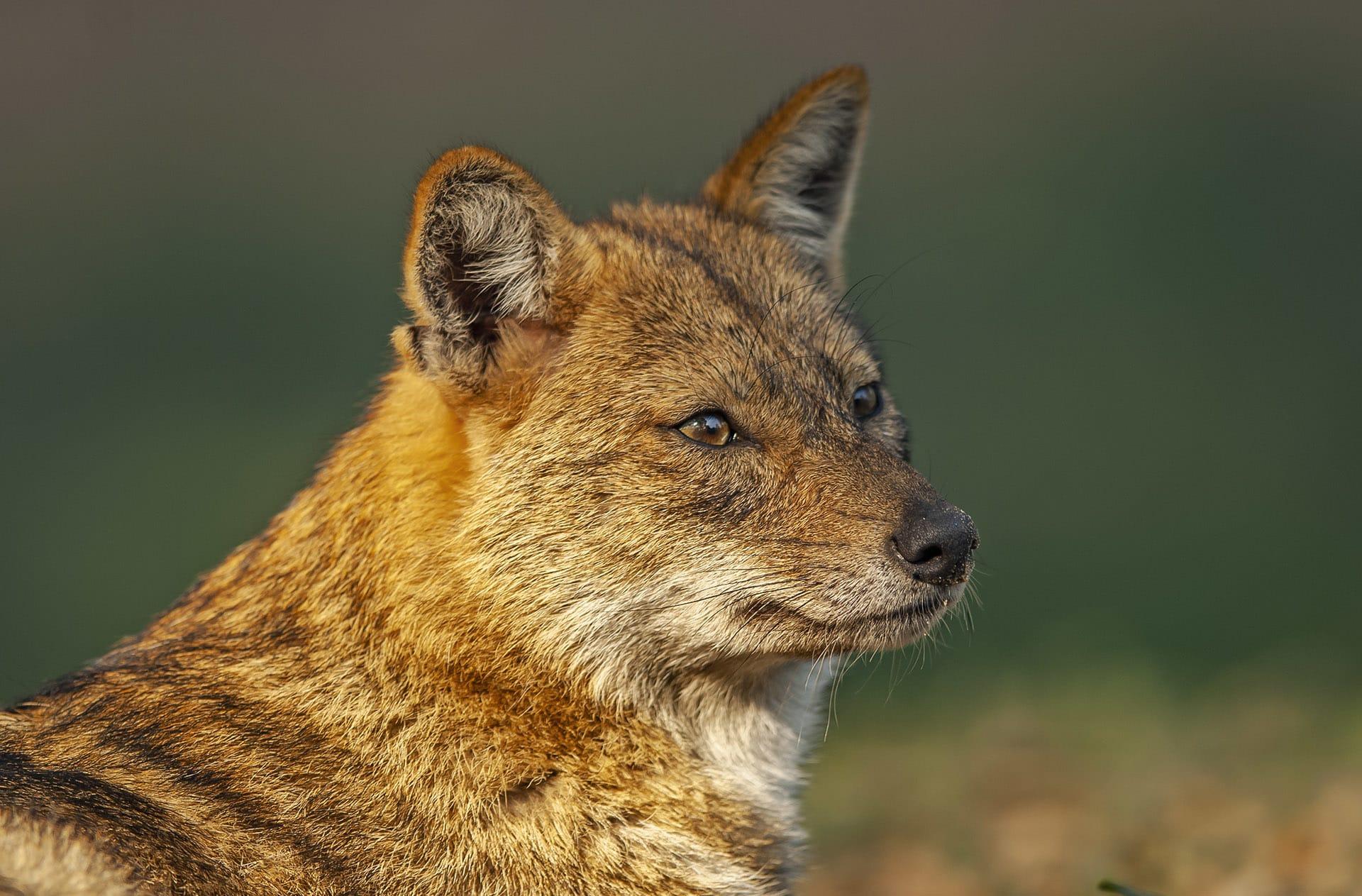
A close relative of the wolf and domestic dog, the Indian Jackal is known for its scavenging habits and howling communication. It’s highly adaptive to urban and rural areas.
-
Region of Habitat: Forests, grasslands, and human-altered landscapes in India
-
Scientific Name:Canis aureus indicus
-
Feeding Habits: Omnivore; eats small animals, fruit, and human food waste
-
What Sound They Make: Yelps, howls, and screams
Fun Facts
Jackals are monogamous and form lifelong pair bonds. They are often depicted in Indian mythology as clever tricksters.
7. Indian Wild Boar
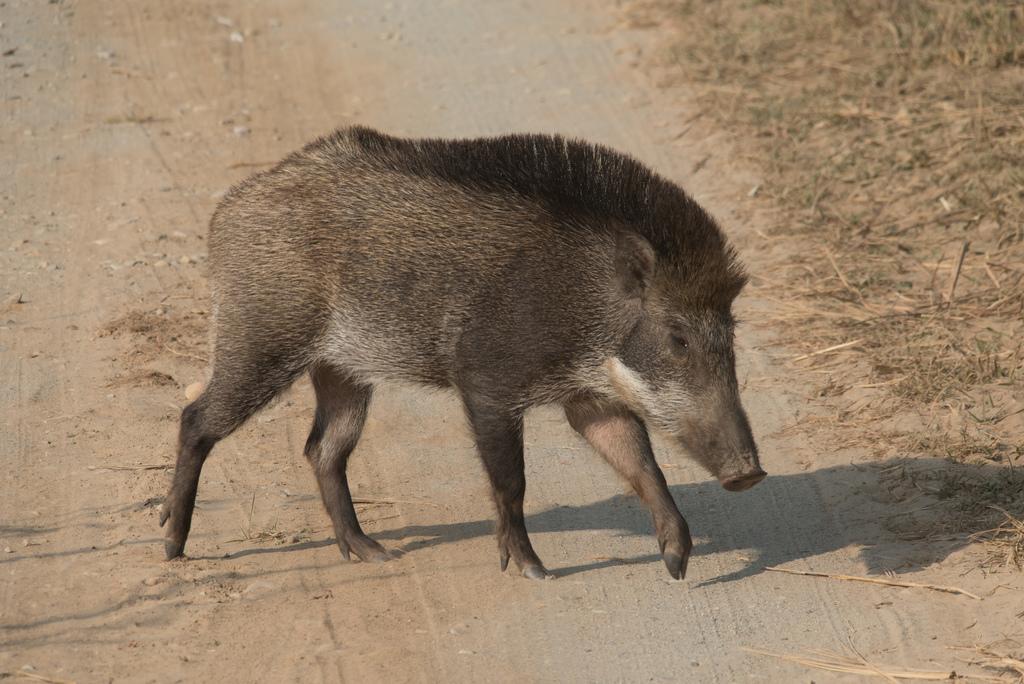
Robust and stocky, the Indian Wild Boar is the ancestor of domestic pigs. It has sharp tusks and a coarse coat and is often seen rooting through the forest floor.
-
Region of Habitat: Forests, agricultural lands, and wetlands across India
-
Scientific Name:Sus scrofa cristatus
-
Feeding Habits: Omnivore; eats roots, fruits, insects, and small animals
-
What Sound They Make: Grunts, squeals, and growls
Fun Facts
Wild boars have excellent senses of smell and hearing. They use their snouts to dig for food and are capable of aggressive defense when threatened.
8. Indian Civet
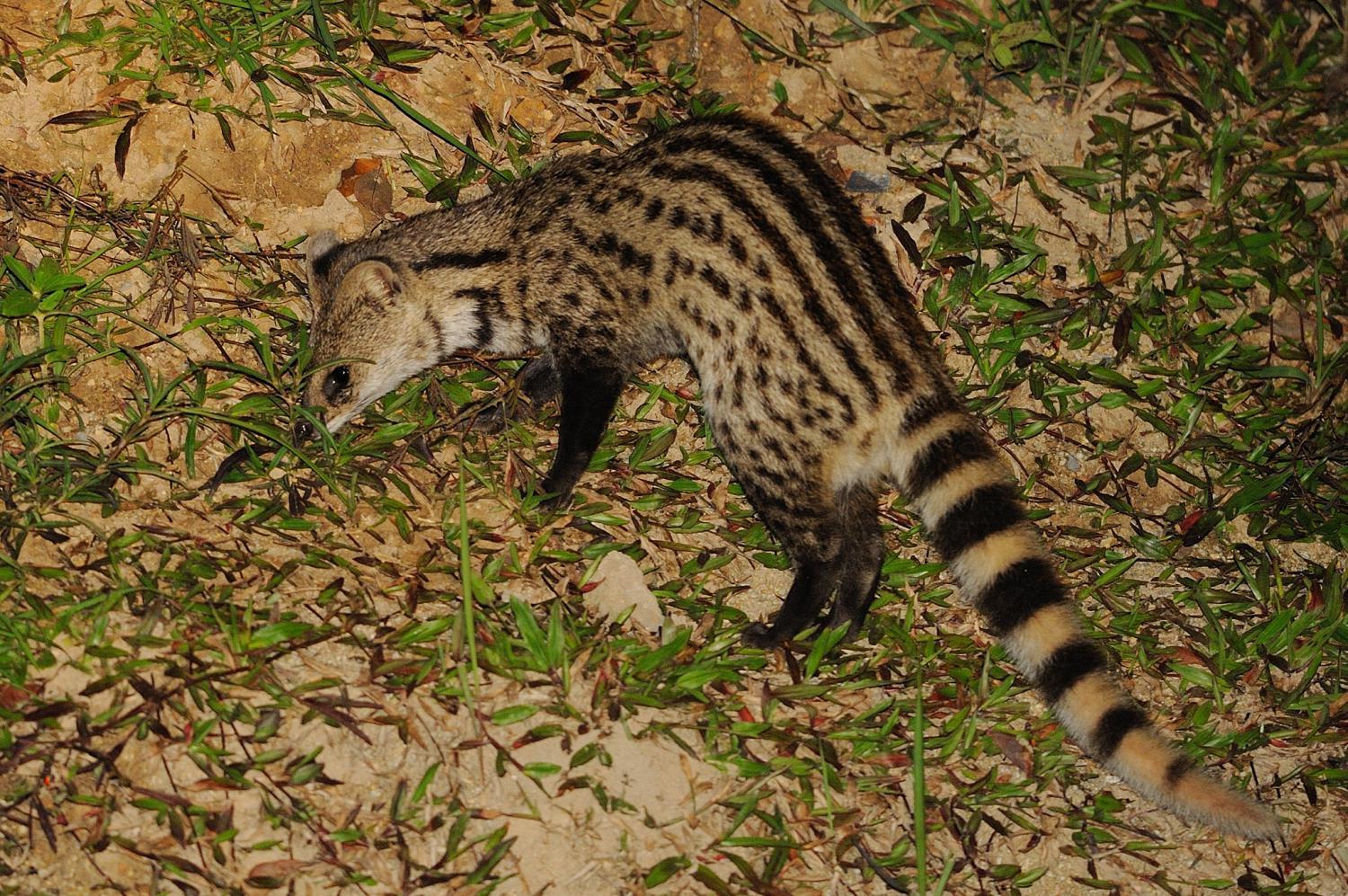
A nocturnal, cat-like mammal with a musky scent and a sleek body. The Indian Civet is a shy, solitary creature that plays an important role in controlling rodent populations.
-
Region of Habitat: Forests and rural areas across South and Southeast Asia
-
Scientific Name:Viverricula indica
-
Feeding Habits: Omnivore; eats rodents, fruits, birds, and insects
-
What Sound They Make: Hissing, growling, and chirping
Fun Facts
Indian civets secrete a musky substance once used in perfume. They have excellent night vision and are adept climbers.
9. Indian Fox
Also known as the Bengal Fox, this small fox species has a bushy tail and a shy nature. It is active mainly during dawn and dusk and is well-camouflaged in dry grasslands.
-
Region of Habitat: Grasslands, scrublands, and semi-deserts of India and Nepal
-
Scientific Name:Vulpes bengalensis
-
Feeding Habits: Omnivore; eats insects, rodents, fruits, and small reptiles
-
What Sound They Make: Yelps, squeals, and soft barks
Fun Facts
Indian foxes live in dens they dig themselves or borrow from other animals. They are an important species for ecological balance in arid zones.
10. Indian Flying Fox
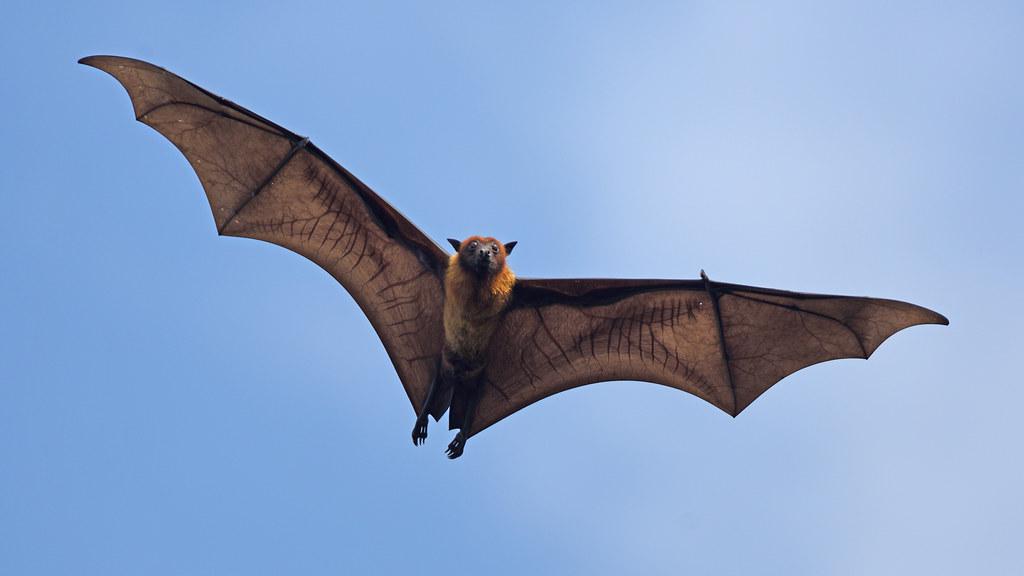
One of the largest bat species in the world, the Indian Flying Fox feeds mainly on fruits and is crucial for seed dispersal and pollination. It roosts in large colonies during the day.
-
Region of Habitat: Tropical forests and urban areas throughout South Asia
-
Scientific Name:Pteropus giganteus
-
Feeding Habits: Frugivore; feeds on fruits, nectar, and flowers
-
What Sound They Make: High-pitched squeals, screeches, and chatters
Fun Facts
Despite their name, Indian flying foxes don’t use echolocation but rely on keen eyesight and smell. They can travel over 50 km in one night in search of food.
Some More Mammals That Begin with Letter I
11. Ibex
12. Ibizan Hound
13. Icelandic Sheepdog
14. Impala
15. Indian Giant Squirrel
16. Indian Palm Squirrel
17. Indian Crested Porcupine
18. Indian Pangolin
19. Indochinese Tiger
20. Indri
21. Irish Doodle
22. Irish Setter
23. Irish Terrier
24. Irish Water Spaniel
25. Irish Wolfhound
26. Italian Grayhound
27. Indian Muntjac
28. Indian Gerbil
29. Indian Hare
30. Indian Pipistrelle
31. Indian Desert Jird
32. Indian Mole Rat
33. Indian Field Mouse
34. Indian Bush Rat
35. Indian Brown Mongoose
36. Indian Long-tailed Climbing Mouse
37. Indian Spiny Mouse
38. Indian Shrew
39. Indian Pygmy Shrew
40. Indian Ocean Humpback Dolphin
41. Indian Smooth-coated Otter
42. Indian Gaur
43. Indian Buffalo
44. Indian Spotted Chevrotain
45. Indian Hog Deer
46. Indian Chevrotain
47. Indian Long-eared Hedgehog
48. Indian Hedgehog
49. Indian Porcupine
50. Indian Desert Cat
51. Indian Jungle Cat
52. Indian Lion
53. Indian Cheetah
54. Indian Wild Ass
55. Indian Gray Wolf
56. Indian Elephant Shrew
57. Indian Mole
58. Indian Musk Shrew
59. Indian Pika
60. Indian Desert Gerbil
61. Indian Bison
Final Notes
The animal world contains many unique mammals with names starting with “I.” These creatures showcase the incredible variety found within the mammal family.
From their distinct fur patterns to their specialized hunting abilities and unique habitats, each animal contributes something valuable to Earth’s biodiversity.
These “I” mammals demonstrate remarkable adaptations that help them survive in their environments. Some have developed special teeth for eating certain foods, while others have evolved unique body shapes for moving quickly or staying hidden from predators.
Learning about them helps everyone understand the importance of protecting natural habitats!
If you’re interested in more informative animal and wildlife content, feel free to click here and explore other blogs that you might enjoy!

